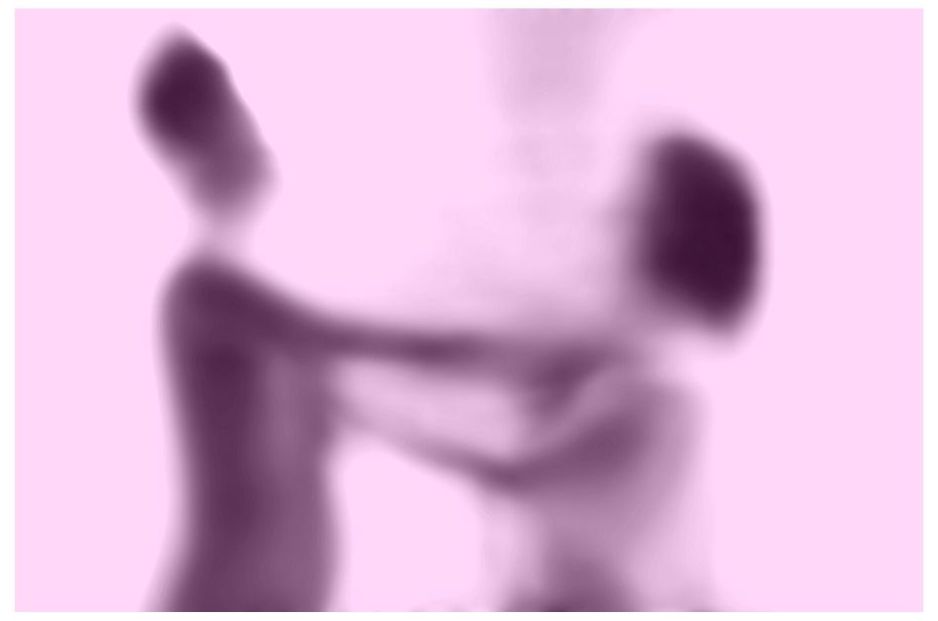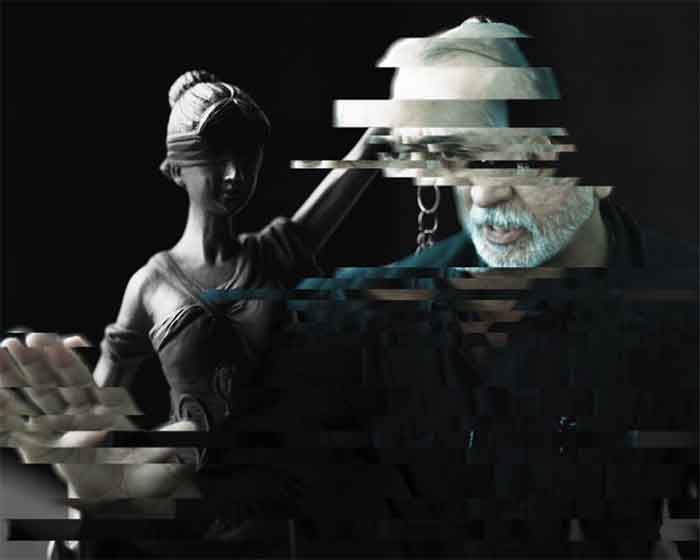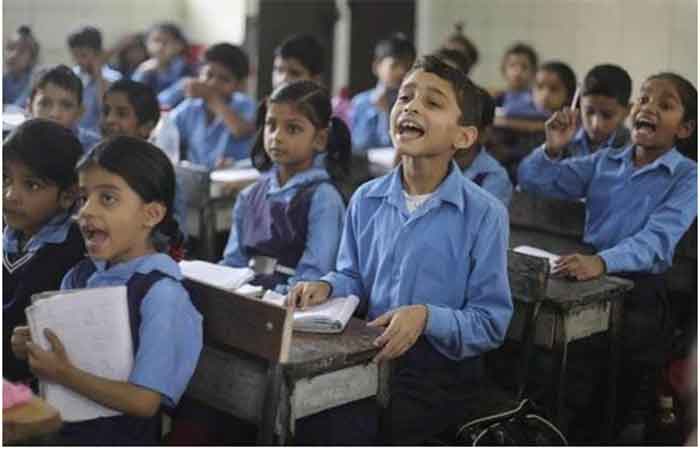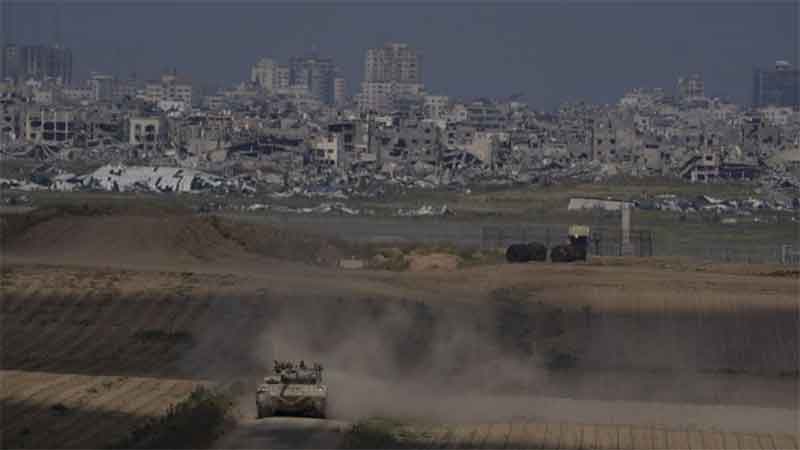
Historian Uma Chakravarti said there was cause for hope, as more young women were getting together and organizing, and the state apparatus appears to be reacting in some panic when a case of sexual violence is reported. She was commenting on the hurried cremation that the Uttar Pradesh police felt forced to give to the victim in Hathras, whose body was consigned to the flames without members of her family being present.
Chakravarti was speaking at an online event where women from across the country had come together to discuss cases of brutal sexual assault and murder in the past few months, many reported from UP. The case of the rape-and-murder of the 19-year-old in Hathras, the minor girl who worked as a domestic worker in Gurmandi, Delhi, a case in which police have yet to even register an FIR even though the girl was allegedly killed on October 4, 2020, and the incident in June where policemen raped two girls held in custody in Butana, Haryana, were discussed in detail.
Social activist Arpan, who was part of a fact-finding group in the Haryana case, said, “Two policemen had entered into an altercation with youth who were out late in the night – two girls and four boys. When we went to find out what happened and spoke to local people, they said the policemen demanded that one of the girls be left with them for the night. This enraged the youth and two policemen were killed. Policemen later went around the village and started pulling out for questioning all girls who had a sister living with them – the mother of one of the girls who was out that night then went to the police station and admitted that her daughter was the one out, and left the girl and her cousin in police custody. The girls reported that they had been raped by 15-20 policemen. It was as if rape was fit punishment for murder, even without going through any procedure of law. Even some people we spoke with said they could not expect any better for girls responsible for murder.”
Arpan and Delhi University student Rajveer Kaur explained that atrocities against Dalit girls and women seem to be heightening in intensity and brutality as Dalit groups are now more assertive. “In Punjab, there is a movement for demanding fair land distribution to Dalit groups. This, and better education for Dalit girls and women and the fact that the Dalit community now is beginning to access better jobs seems to intensify the anger,” Rajveer Kaur said.
Sociologist Mary John explained that she had visited Haryana as part of teams of women in 2013, in the aftermath of the 2012 rape-and-murder in Delhi that had caused large numbers of people to take over the streets of Delhi in protest. “At the time, we saw that cases of brutality and sexual violence against women in Haryana were not getting the attention in the media that the Delhi case was receiving,” she said, explaining that the Scheduled Caste and Scheduled Tribe (Prevention of Atrocity) Act of 1989 was brought in not because of the intensity of the atrocity, but in recognition of the fact that violence against a Dalit was not just against the individual, but against the whole community, given the structure of Indian society.
As a group, the social protections that were offered to SC and ST communities in the Constitution meant that they were beginning to access education and jobs in manufacturing and other sectors. The fact that Dalit girls were going to school and college threatened traditional arrangements, where these women worked in the households of the upper caste groups and were often sexually exploited in those conditions. When cases of such violence occurred, the caste panchayats would urge victims to “forgive” the criminals and sexual violence was explained away as the result of an “affair” – when the woman was murdered, it was termed “suicide”.
The Prevention of Atrocity Act took account of the economic boycott, the daily acts of humiliation that Dalit communities experienced, and prescribed even more severe punishments for those charged under the Act.
Padma Singh, a teacher in UP, said even though it is often claimed that women have no caste, the fact remains that women too are deeply divided along caste lines – in Hathras, for instance, after the murder of the 19-year-old, the Thakur women were all standing firmly behind their own men, the accused in the case.
Dr Rajkumari Bansal, a forensic expert from Jabalpur who travelled to Hathras to offer moral support to the family of the Hathras victim, said the challenges are difficult when we see that perpetrators of such horrible crimes are celebrated like heroes – they are garlanded, and have nothing to fear. The party in power offers them cover, and they do not face the consequences of their actions. This is what has changed in recent years. “Earlier, an accused faced the ire of society; such crimes were seen as crimes; these days, with hatred being celebrated, such men are elevated to icons.”
Roop Rekha Verma, social activist who was placed under house arrest for protesting against the Hathras violence in Lucknow, said what was playing out in UP was like some chapter out of a horrible, violent novel. “Hatred was originally unleashed against Muslims. When the power of hatred is harvested in the electoral arena, it reaches out to newer and newer targets, and eventually engulfs all. The chief minister, soon after being sworn in on the Constitution of India, declared that women needed no power – they only needed to be offered security. That shows just what this dispensation thinks of women.”
Several women spoke of experiences of being in jail, having spent days behind bars for protests undertaken in recent months – that seemed par for the course for those gathered at the online discussion on November 19, 2020.
Rosamma Thomas is an independent journalist
SIGN UP FOR COUNTERCURRENTS DAILY NEWSLETTER
















































